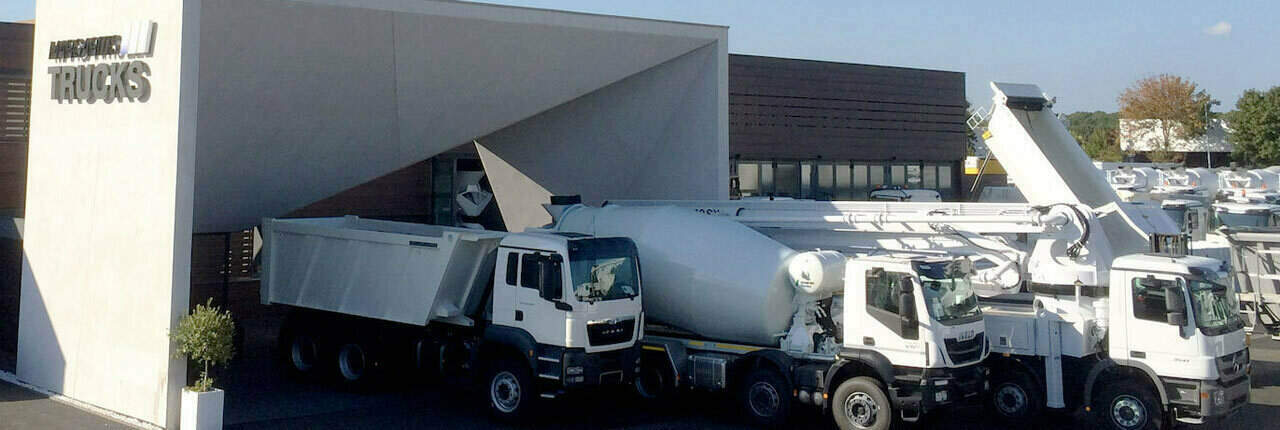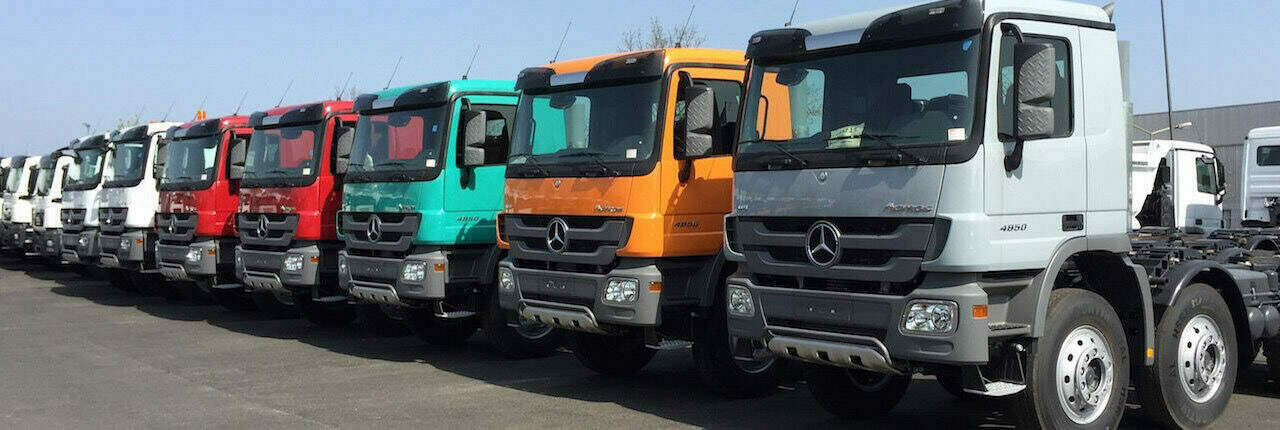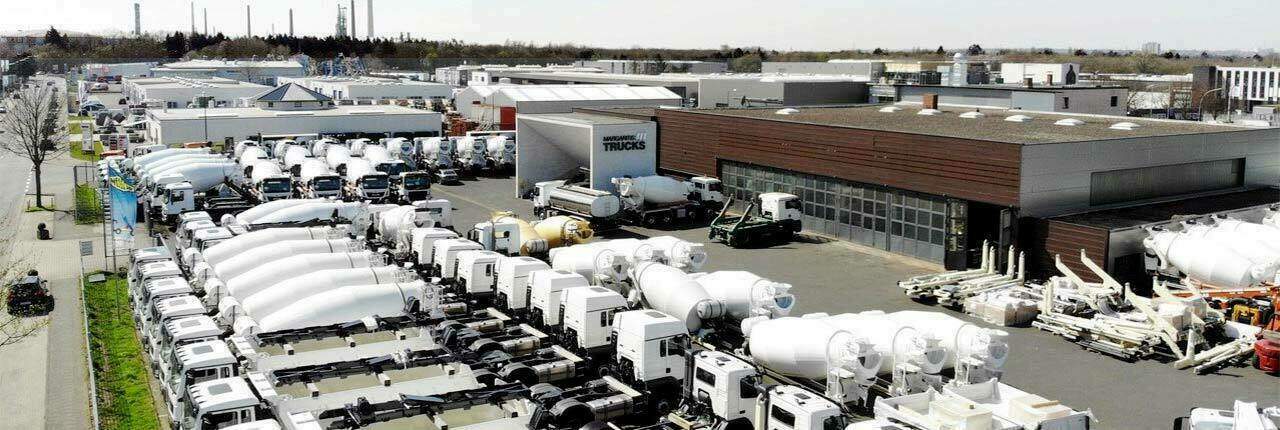Crane vehicle
Crane vehicles
One of the most special construction machines is the mobile crane, which is also called crane vehicle. The mobile crane has a mobile jib crane on wheels or crawler tracks. Cranes are divided in 3 groups.
First there are truck cranes which are able to drive fast, but are not able to drive in terrain. Second, there are rough-terrain cranes. These are fitted with a telescopic boom. The third ones are all-terrain cranes. These combine the advantages of the first two types. All-terrain cranes are able to drive fast and are able to drive in terrain.
All these types of crane vehicles are indispensable aids in civil engineering. They are generally applied in building and bridge construction and in heavy haulage transport, or in rescue operations when an accident car needs to be salvaged. Another situation: when goods need to be transferred from a truck to a train. Mobile cranes are available as road vehicles or as off-road construction vehicles.
Cranes exist over 2000 years. They were invented by the ancient Greeks. They were applying cranes since the 6th century B.C. They were naming it after the bird crane because of its vertical pillar which is aligned towards the sky.
The first mobile cranes were fitted on a chassis which makes them flexible applicable. The first constructions of crane vehicles came along with the first trucks. The cranes were mounted on platform trucks. Cranes nowadays are not inevitably connected to a truck. The manufacturers are always looking for possible improvements.
For being even more universal the cranes can be separated from their tractor units which enables an application on sites where no stationary crane is available, for example because the subsoil is not stable enough for heavy loads.
Applied in civil engineering, cranes help to unload heavy loads precisely accurate. But also heavy machines can be transported with such a crane. They enable revisions and check-ups in buildings and facilities.










 +49 (0) 152 - 56 00 23 40
+49 (0) 152 - 56 00 23 40



